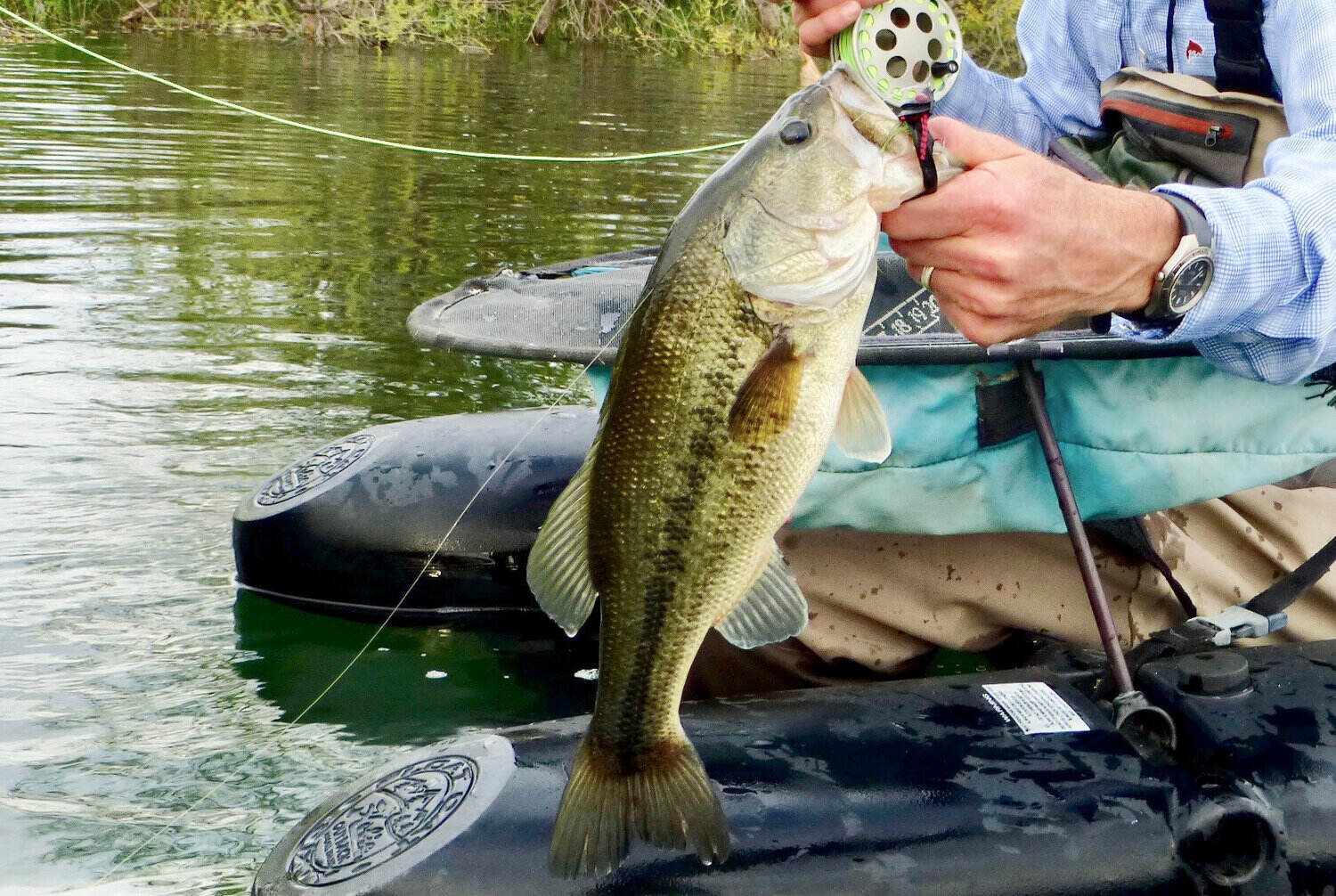

Articles
How To Store Fish While Fishing
Modified: December 7, 2023
Learn how to store fish properly while fishing in this informative article. Discover essential tips and techniques to keep your catch fresh and delicious.
(Many of the links in this article redirect to a specific reviewed product. Your purchase of these products through affiliate links helps to generate commission for Storables.com, at no extra cost. Learn more)
Introduction
Fishing is a popular outdoor activity enjoyed by millions of people around the world. Whether you’re casting a line in a serene lake, braving the waves of the open ocean, or sitting patiently by the riverbank, there’s nothing quite like the thrill of the catch. But once you’ve reeled in that prized fish, what do you do next? Proper fish storage is crucial not only for preserving the quality and flavor of your catch but also for maintaining food safety standards.
Storing fish while fishing may seem like a simple task, but it requires careful preparation and the use of appropriate equipment to ensure that the fish remain fresh and safe to eat. In this article, we will explore the importance of proper fish storage and provide you with practical tips and techniques to help you store your fish effectively, both on the boat and on shore.
By following these guidelines, you can maximize the freshness and flavor of your fish, making every fishing trip a delicious success.
Key Takeaways:
- Proper fish storage is essential for maintaining freshness, flavor, and safety. From choosing the right equipment to long-term storage options, these guidelines ensure your catch stays delicious and safe to consume.
- Prioritize food safety, adhere to fishing regulations, and practice sustainable fishing. With proper preparation, storage, and handling, you can savor the flavor of your well-preserved catch for delicious meals throughout the year.
Read more: How To Store Luggage While Traveling
Importance of Proper Fish Storage
Proper fish storage is essential for several reasons. Firstly, it helps to maintain the quality and taste of the fish. Freshly caught fish are at their peak flavor, but improper storage can lead to rapid deterioration, resulting in off-flavors and unpleasant textures. By storing fish correctly, you can preserve its freshness and ensure that it tastes as delicious as possible when it’s time to cook or consume it.
Secondly, proper fish storage is crucial for food safety. Fish, like any other perishable food, can harbor harmful bacteria that can cause foodborne illnesses if not handled and stored correctly. Pathogenic bacteria such as Salmonella and Vibrio can multiply rapidly in warm temperatures, leading to the risk of contamination. By storing fish at the proper temperature and following safe handling practices, you can minimize the risk of foodborne illnesses.
Additionally, proper fish storage is crucial for sustainable fishing practices. Wasting fish not only harms the environment but also goes against the principles of responsible angling. By ensuring that the fish you catch are stored properly, you can reduce waste and ensure that the fish are utilized to their fullest potential.
Overall, proper fish storage is vital for maintaining quality, ensuring food safety, and practicing sustainable fishing. Now let’s explore the steps you can take to prepare for your fishing trip and choose the right storage equipment.
Preparing for Fishing Trip
Before embarking on your fishing trip, it’s important to take several steps to ensure that you’re prepared to store your catch properly. Here are some essential preparations to consider:
1. Research the Regulations: Familiarize yourself with local fishing regulations regarding catch limits, size restrictions, and any specific rules regarding fish storage. This will help you plan accordingly and avoid any potential violations.
2. Check the Weather Forecast: Monitoring the weather forecast is essential for planning your fishing trip. Extreme temperatures or stormy conditions can affect fish storage, so choose a day with moderate weather if possible.
3. Bring the Right Equipment: Make sure you have the necessary equipment for fish storage, including coolers or insulated bags, ice packs or ice, and cleaning tools such as knives and cutting boards. It’s also a good idea to have extra containers or storage bags for different types of fish.
4. Consider Catch and Release: If you’re practicing catch and release, it’s still crucial to handle the fish properly to minimize stress and injury. Have a landing net, fish grips, and a camera ready for quick and safe catch and release procedures.
5. Plan Your Cleaning Area: Identify a suitable location for cleaning your fish after catching them. Choose a clean area away from direct sunlight and ensure that you have access to water for cleaning purposes.
By preparing in advance, you can ensure that you have the necessary equipment and knowledge to store your fish properly once you’ve caught them. Next, let’s discuss how to choose the right storage equipment to maintain the freshness of your catch.
Choosing the Right Storage Equipment
Having the right storage equipment is crucial for preserving the quality and freshness of your fish while fishing. Here are some factors to consider when choosing the appropriate storage equipment:
1. Coolers or Insulated Bags: Invest in a high-quality cooler or insulated bag that can maintain a stable temperature for an extended period. Look for models with thick insulation and airtight seals to prevent warm air from entering and cold air from escaping. Consider the size of your catch and choose a cooler or bag that provides ample space to accommodate the fish comfortably.
2. Ice Packs or Ice: Ice is essential for keeping your fish cold and preventing bacterial growth. Use reusable ice packs or crushed ice to surround the fish and ensure they stay chilled. Look for ice packs that are specifically designed for use with fish storage, as they are often leak-proof and can maintain a low temperature for a more extended period.
3. Storage Bags or Containers: Use leak-resistant storage bags or containers to separate different species of fish and avoid cross-contamination. Opt for bags or containers made of food-safe materials that are easy to clean. It’s also helpful to label each bag or container with the date and species of fish to track freshness and prevent confusion.
4. Cleaning Tools: Keep a set of dedicated cleaning tools in your fishing gear, including sharp fillet knives, cutting boards, and gloves. Having the right tools on hand will make the cleaning process more efficient and minimize the risk of contamination.
5. Digital Thermometer: A digital thermometer is a handy tool for monitoring the temperature of your fish storage during the fishing trip. It helps ensure that the fish remain at a safe temperature (below 40°F/4°C) to prevent spoilage and maintain food safety.
Remember that the right storage equipment may vary depending on the fishing environment and the duration of your trip. It’s crucial to choose equipment that can maintain the proper temperature and provide sufficient space for your catch. This way, you can ensure that your fish stay fresh and safe until they’re ready to be prepared and enjoyed. Next, let’s discuss how to store fish effectively on the boat.
Storing Fish on the Boat
When it comes to storing fish on the boat, there are a few key considerations to keep in mind to maintain freshness and quality:
1. Keep Fish Cool: As soon as you catch a fish, immediately place it in a cooler or insulated bag filled with ice or ice packs. Ensure that the fish is completely submerged in the ice to keep it cool. This helps slow down bacterial growth and maintains the fish’s freshness.
2. Proper Placement: Arrange the fish in the cooler or bag in a single layer, if possible, to ensure even cooling. Place larger fish at the bottom and lighter ones on top to prevent crushing or squishing.
3. Avoid Contact with Water: Ensure that the fish is not in direct contact with melted ice or water. Excessive moisture can lead to accelerated spoilage and affect the texture of the fish. Use a drainage system or separate the fish from direct contact with the ice, using a layer of plastic or a perforated tray.
4. Minimize Handling: Limit the amount of handling the fish undergoes on the boat. Excessive handling can cause bruising, which can affect the taste and texture of the fish. Handle the fish gently and avoid stacking or piling them on top of each other.
5. Monitor Temperature: Use a thermometer to periodically check the temperature inside the cooler or bag. Ideally, the temperature should remain below 40°F (4°C) to ensure the fish stay fresh. If the temperature rises, add more ice packs or ice to maintain the cool environment.
6. Clean as You Go: If you plan to clean the fish on the boat, establish a designated area for cleaning and dispose of waste properly. It’s essential to keep the workspace clean and minimize potential contamination or odors.
By following these guidelines, you can effectively store fish on the boat, preserving their freshness and quality until you’re ready to return to shore. Next, let’s explore how to store fish on shore once your fishing trip is complete.
After catching a fish, keep it fresh by placing it on ice in a cooler or insulated bag. This will help maintain its quality until you’re ready to clean and cook it.
Read more: How To Store Fish
Storing Fish on Shore
Once you’re back on shore, proper fish storage is key to maintaining the freshness and quality of your catch. Here are some tips for storing fish on shore:
1. Immediate Cooling: As soon as you’re off the boat, transfer the fish to a cooler or insulated container filled with ice or ice packs. Place the fish on top of the ice, ensuring that they are fully covered. This helps to keep the fish cool and slow down spoilage.
2. Quick Cleaning: If you plan to clean the fish onshore, do so promptly. Use a clean and dedicated cutting board, and rinse the fish with cold water before starting the cleaning process. Remove any entrails and rinse the cavity with fresh water to remove any traces of blood.
3. Separate Storage: After cleaning, store each fish in a separate storage bag or container. Ensure that the bag or container is airtight and leak-proof to prevent any odors from spreading and to maintain the fish’s freshness. Label each bag with the date and species of fish for easy identification later on.
4. Keep Cool: If you’re not able to keep the fish in a cooler, find a cool and shaded spot. Place the fish on a clean surface such as a clean tray or wrapped in a damp cloth. Avoid direct sunlight or warm areas to prevent the fish from spoiling quickly.
5. Minimize Exposure: Limit the amount of time that the fish is left out of refrigeration or cool storage. The longer the fish remains at room temperature, the greater the risk of bacterial growth and spoilage. Ideally, aim to refrigerate or chill the fish within a couple of hours.
Remember to prioritize cleanliness and food safety when handling and storing fish on shore. Proper storage practices can help prolong the freshness of your catch and ensure safe consumption. Next, let’s explore the importance of cleaning and preparing fish for storage.
Cleaning and Preparing the Fish for Storage
Properly cleaning and preparing the fish for storage is essential to maintain its quality and ensure safe consumption. Here are some steps to follow when cleaning and preparing fish for storage:
1. Gather the Necessary Tools: Before starting the cleaning process, make sure you have the right tools on hand. These may include a sharp fillet knife, a cutting board, gloves, and a hose or clean water source.
2. Rinse the Fish: Rinse the fish with clean, cold water to remove any debris, blood, or scales. This step helps ensure that the fish is clean and ready for further cleaning and storage.
3. Gut the Fish: Using a sharp knife, carefully gut the fish by making an incision from the anal vent to the base of the gills. Remove the entrails, being cautious not to puncture any organs that could contaminate the meat.
4. Scale the Fish (if necessary): If the fish has scales, use a scaler or the backside of a knife to remove them. Start from the tail and work your way towards the head in smooth motions.
5. Rinse Again: Thoroughly rinse the fish again, inside and out, to remove any remaining slime, blood, or scales. This step helps ensure a clean and fresh product for storage.
6. Pat Dry: After rinsing, gently pat the fish dry with clean paper towels or a clean cloth. Removing excess moisture helps prevent the growth of bacteria and maintain the quality of the fish.
7. Package for Storage: Place the cleaned and dried fish in separate storage bags or containers. Try to remove as much air as possible from the packaging to minimize the risk of freezer burn or spoilage. Date and label each package for easy identification.
8. Refrigerate or Freeze: If you plan to consume the fish within a day or two, store it in the refrigerator at a temperature below 40°F (4°C). If you want to store it for a longer period, carefully place the packaged fish in the freezer at 0°F (-18°C) or below.
By following these steps, you can ensure that your fish is properly cleaned, prepared, and ready for storage. This helps maintain the quality, flavor, and safety of the fish until you’re ready to cook and enjoy it. Next, let’s delve into some tips for handling and transporting fish to maintain its freshness during transit.
Proper Handling and Transportation Tips
Proper handling and transportation of fish are crucial to maintain their freshness and quality. Here are some tips to follow when handling and transporting fish:
1. Use Coolers or Insulated Bags: Invest in high-quality coolers or insulated bags with thick insulation to keep the fish at a stable temperature. Ensure that the coolers or bags are clean and have airtight seals to prevent warm air from entering and cold air from escaping.
2. Keep Fish Cold: Fill the cooler or insulated bag with ice packs or crushed ice. Layer the ice at the bottom and place the packaged fish on top. Ensure that the fish are fully covered with ice to maintain a cold environment throughout transportation.
3. Minimize Movement: Avoid excessive movement of the fish during transportation. Rough handling can cause bruising and damage the fish’s texture. Secure the cooler or bag properly to prevent unnecessary shaking or vibration.
4. Separate Different Species: If you’re transporting different species of fish, separate them in individual storage bags or containers. This prevents odors from mixing and reduces the risk of cross-contamination.
5. Avoid Direct Sunlight: Keep the coolers or bags away from direct sunlight during transportation. Exposure to sunlight can raise the temperature inside the container and lead to the deterioration of the fish.
6. Monitor Temperature: Use a digital thermometer to periodically check the temperature inside the cooler or bag. Ensure that it remains below 40°F (4°C) to maintain the freshness and quality of the fish.
7. Plan the Route: If you have a long journey ahead, plan the route to minimize the time spent in transit. Opt for routes with minimal traffic and avoid delays, as prolonged transportation can affect the quality of the fish.
8. Unload and Store Properly: Once you reach your destination, promptly unload your fish and store them in a refrigerator or freezer. If possible, clean and prepare the fish for storage according to the earlier steps mentioned.
By following these handling and transportation tips, you can ensure that your fish remains fresh and of high quality during transit. Proper handling minimizes the risk of damage, while temperature control helps preserve the fish’s freshness. Now, let’s explore some long-term fish storage options for when you need to store your catch for an extended period.
Long-Term Fish Storage Options
If you plan to store your fish for an extended period, there are a few long-term storage options to consider:
1. Freezing: Freezing is one of the most common methods of long-term fish storage. Ensure that the fish is properly cleaned, packaged in airtight containers or freezer bags, and labeled with the date. Place the fish in the freezer, maintaining a temperature of 0°F (-18°C) or below. Properly frozen fish can maintain their quality for several months, although the flavor and texture may slightly degrade over time.
2. Vacuum Sealing: Vacuum-sealing fish before freezing helps to remove excess air and prevent freezer burn. Vacuum sealers create an airtight seal around the fish, preserving its freshness and flavor. This method is ideal for longer-term storage, as it provides an extra layer of protection against freezer burn.
3. Canning: Canning is another option for long-term fish storage. This method involves canning fish in jars or cans along with brine, oil, or sauce. Properly canned fish can have a shelf life of up to two years or longer, depending on the method used. Follow proper canning techniques and guidelines to ensure the safety and quality of the canned fish.
4. Smoking or Drying: Smoking or drying fish is a traditional method of preservation that can extend its shelf life. Smoking involves exposing the fish to smoke from wood chips, imparting a distinct flavor while reducing moisture content. Drying involves air-drying the fish until it becomes firm and dry. Both methods can enhance the flavor and texture of the fish and allow for long-term storage in cool, dry conditions.
5. Fishery Dependent: Some areas may offer fishery-dependent storage options, such as lockers or communal freezer storage facilities. These facilities provide a controlled environment for storing fish and are ideal for anglers who do not have the necessary space or equipment for long-term storage at home. Check with local fisheries or fishing associations for potential storage options available in your area.
Remember to follow proper storage procedures for each method to maintain the quality and safety of the fish. When consuming stored fish, ensure that it has been properly thawed, cooked, or prepared according to recommended guidelines.
By exploring these long-term storage options, you can enjoy the fruits of your fishing trip well beyond the initial catch. Whether frozen, vacuum-sealed, canned, or preserved through smoking or drying, your stored fish can provide delicious meals throughout the year.
Now that you’ve learned about the importance of proper fish storage, from preparing for the fishing trip to choosing the right equipment, storing fish on the boat and on shore, cleaning and preparing the fish, proper handling and transportation, and long-term storage options, you’re ready to embark on your fishing adventures with confidence. Remember to always prioritize food safety, follow fishing regulations, and respect sustainable practices. Happy fishing!
Estimated word count: 516 words
Read more: How To Store Fishing Magnets
Conclusion
Proper fish storage is crucial for maintaining the freshness, quality, and safety of your catch. Whether you’re spending a day on the boat or fishing from shore, following the right steps and using the appropriate storage equipment is essential.
By preparing for your fishing trip, choosing the right storage equipment, and storing fish effectively on the boat and on shore, you can preserve the flavor and texture of your fish. Proper cleaning and preparation ensure that the fish is ready for storage, while handling and transportation tips help maintain its freshness during transit.
When it comes to long-term fish storage, options such as freezing, vacuum sealing, canning, smoking, or drying allow you to enjoy your catch for an extended period. Each method has its own benefits and considerations, so choose the one that best suits your needs and preferences.
Remember to always prioritize food safety and adhere to fishing regulations regarding catch limits and size restrictions. Sustainable and responsible fishing practices help preserve our marine ecosystems and ensure a continued abundance of fish for generations to come.
So, whether you’re an avid angler or a casual fishing enthusiast, by following the guidelines shared in this article, you’ll be well-equipped to store your fish properly, maintaining their quality and taste until it’s time to savor them in a delicious meal.
Now it’s time to plan your next fishing trip, prepare your storage equipment, and enjoy the excitement of reeling in your catch while knowing you have the knowledge to store it properly. Happy fishing, and enjoy your well-preserved fish!
Estimated word count: 280 words
Frequently Asked Questions about How To Store Fish While Fishing
Was this page helpful?
At Storables.com, we guarantee accurate and reliable information. Our content, validated by Expert Board Contributors, is crafted following stringent Editorial Policies. We're committed to providing you with well-researched, expert-backed insights for all your informational needs.

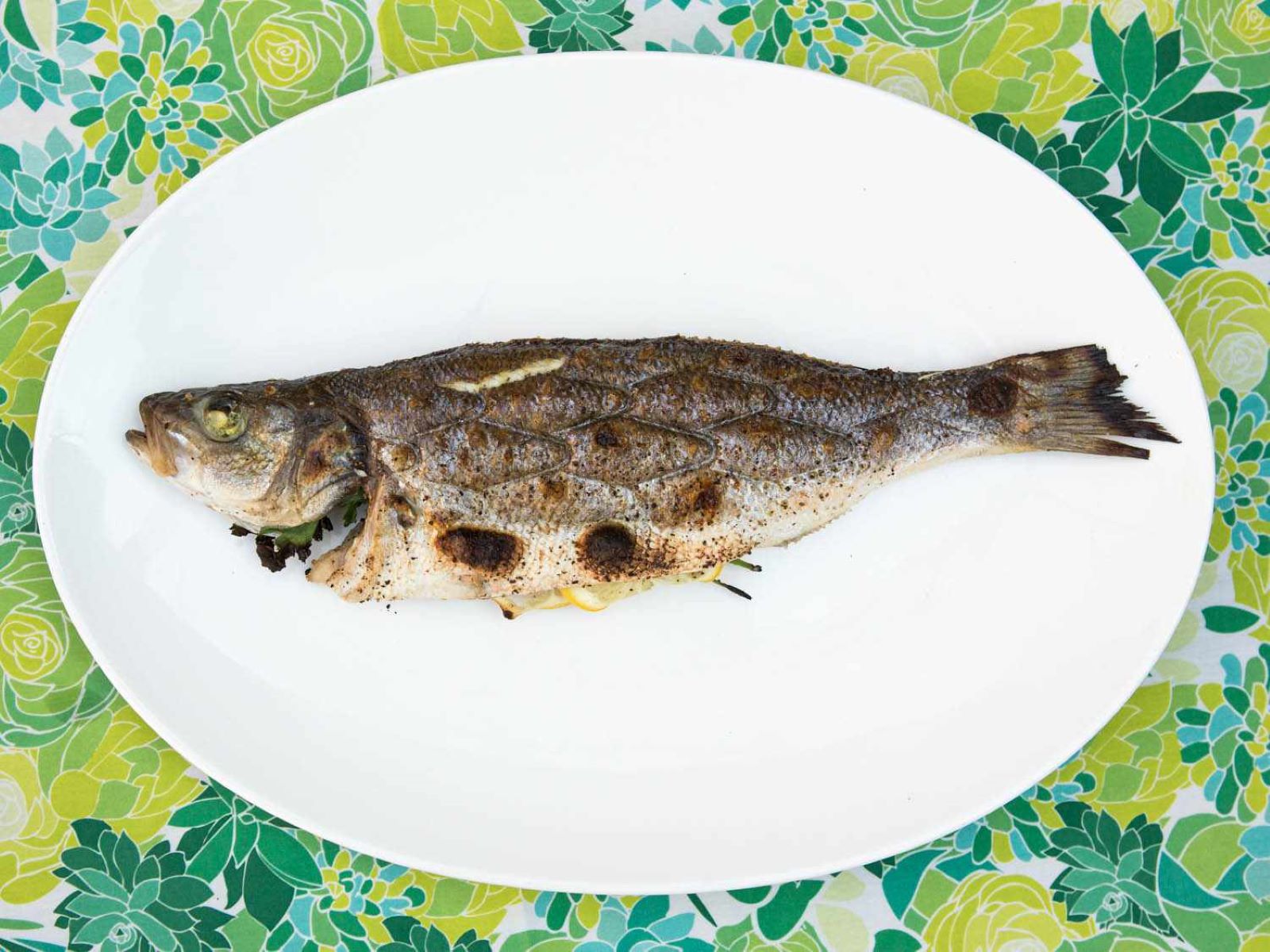
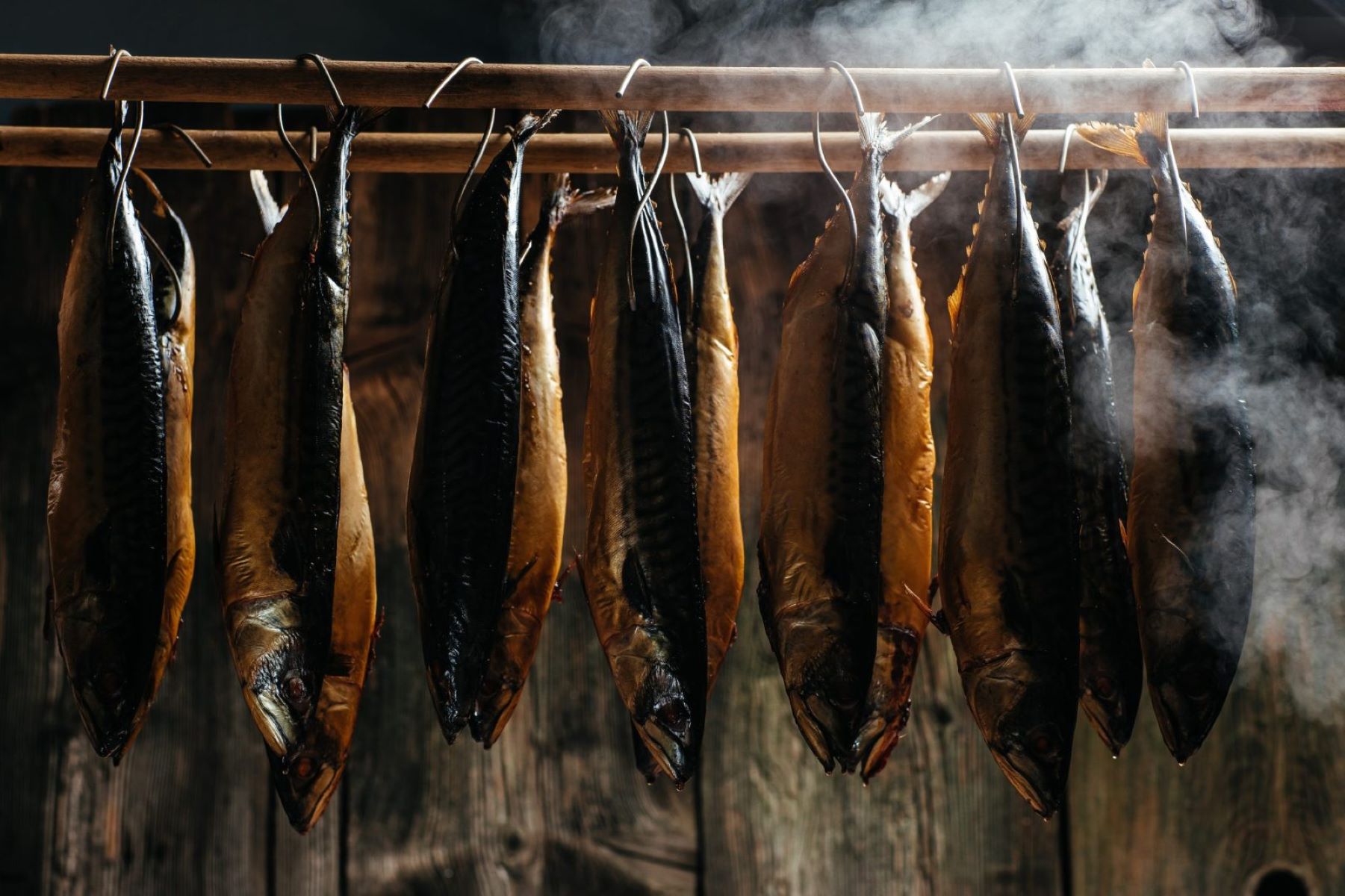
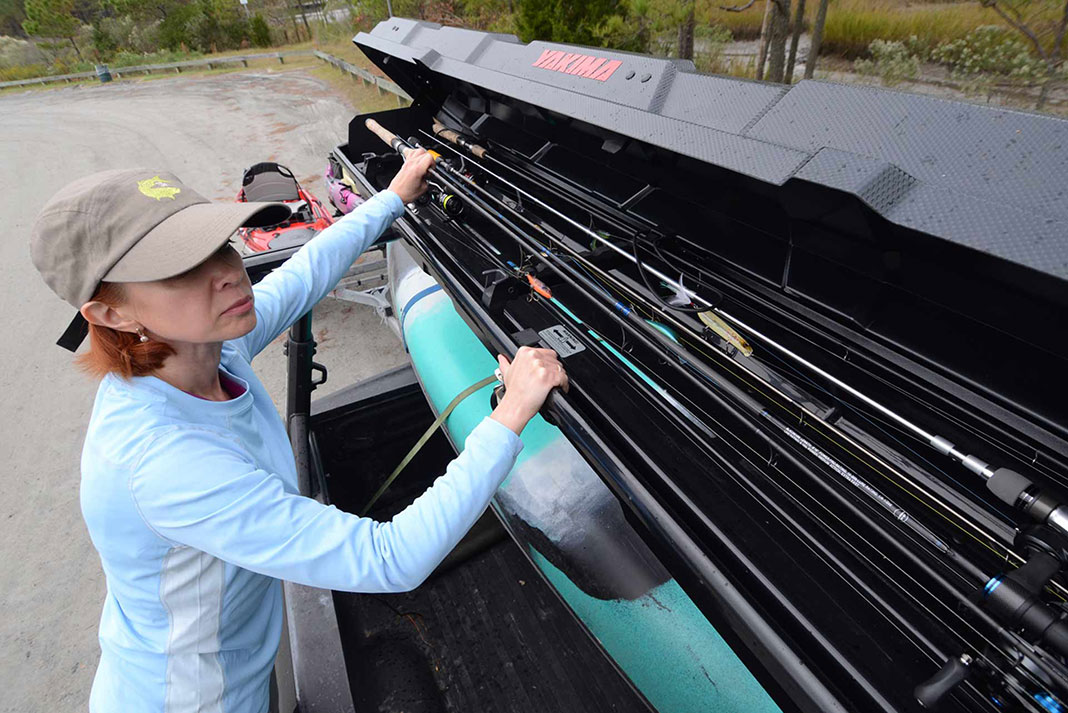
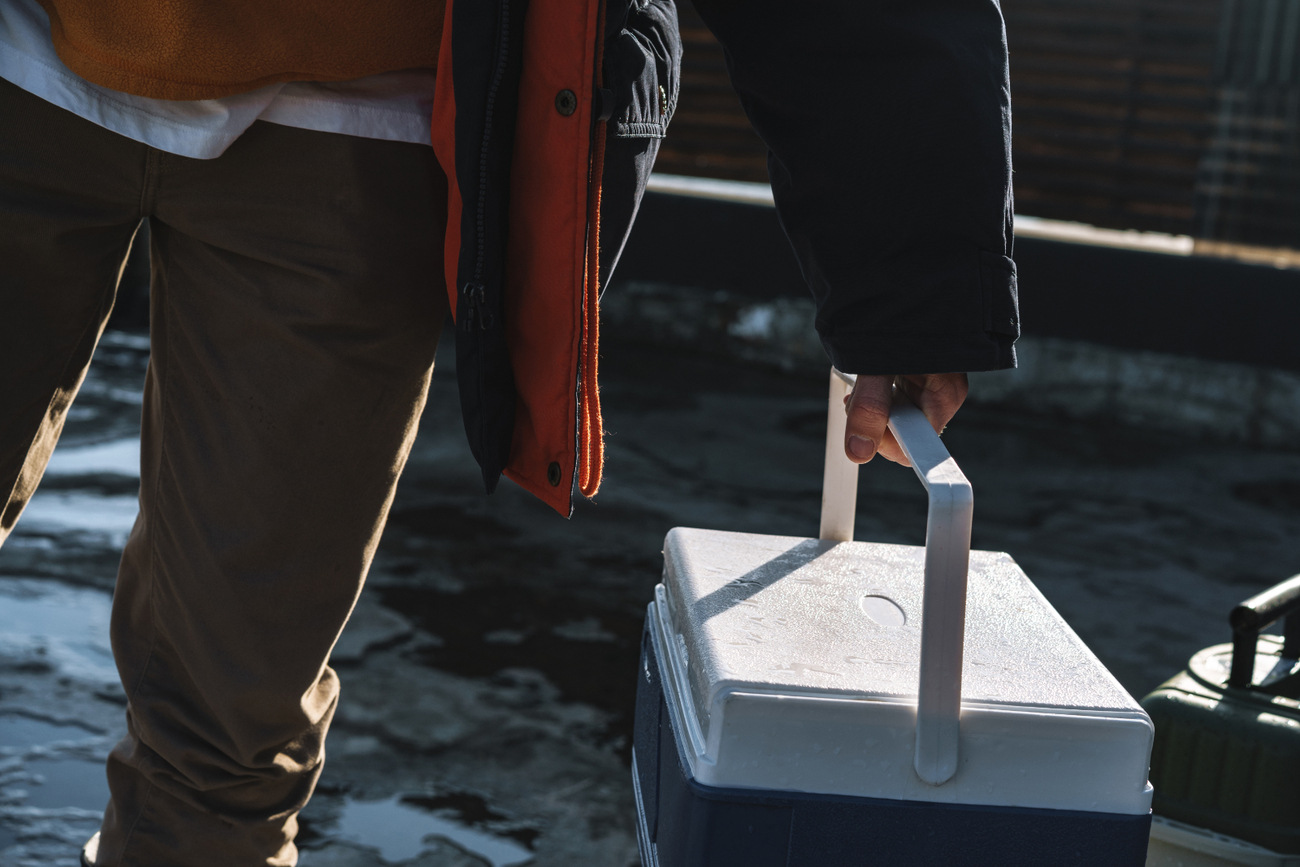
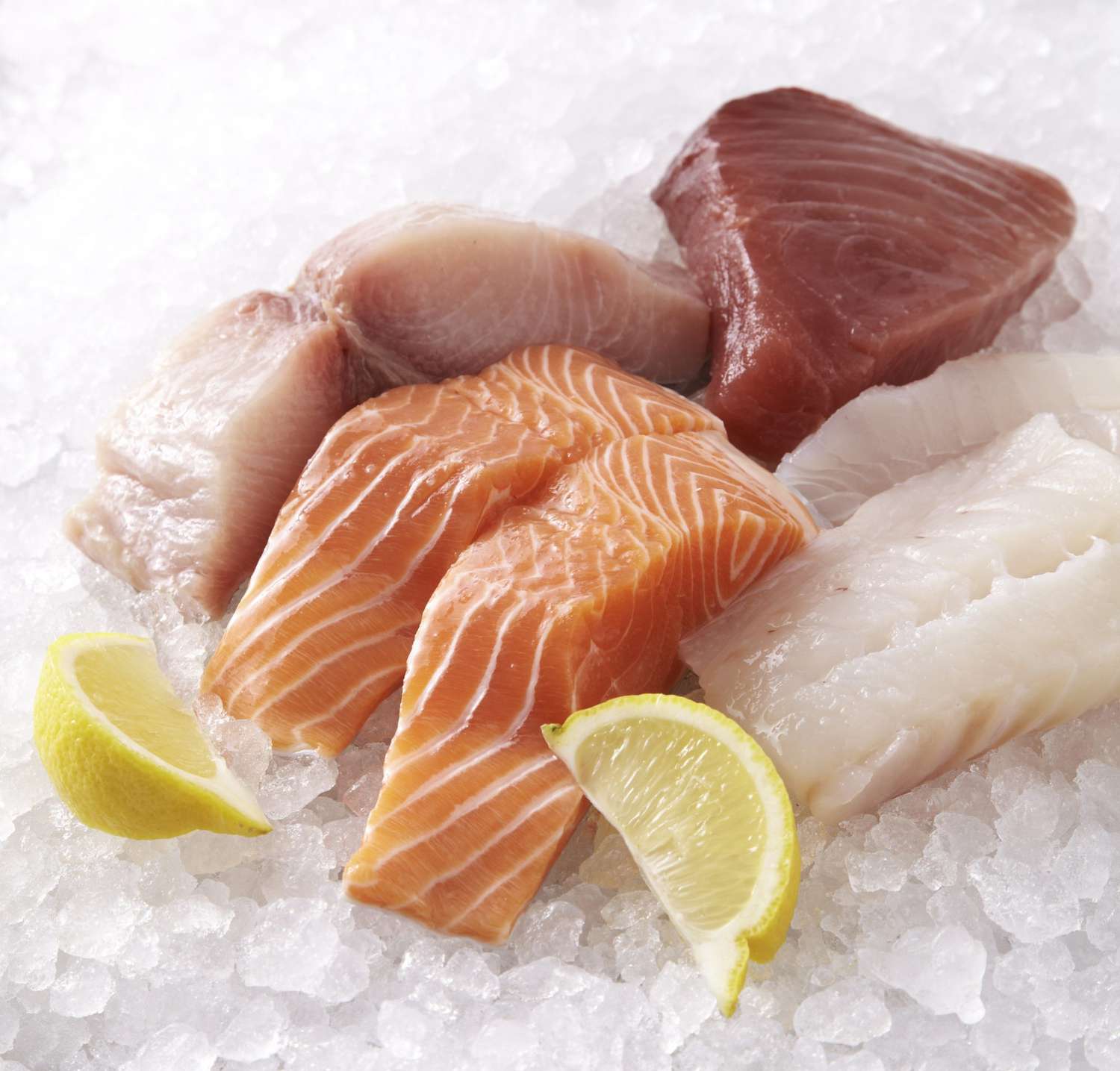

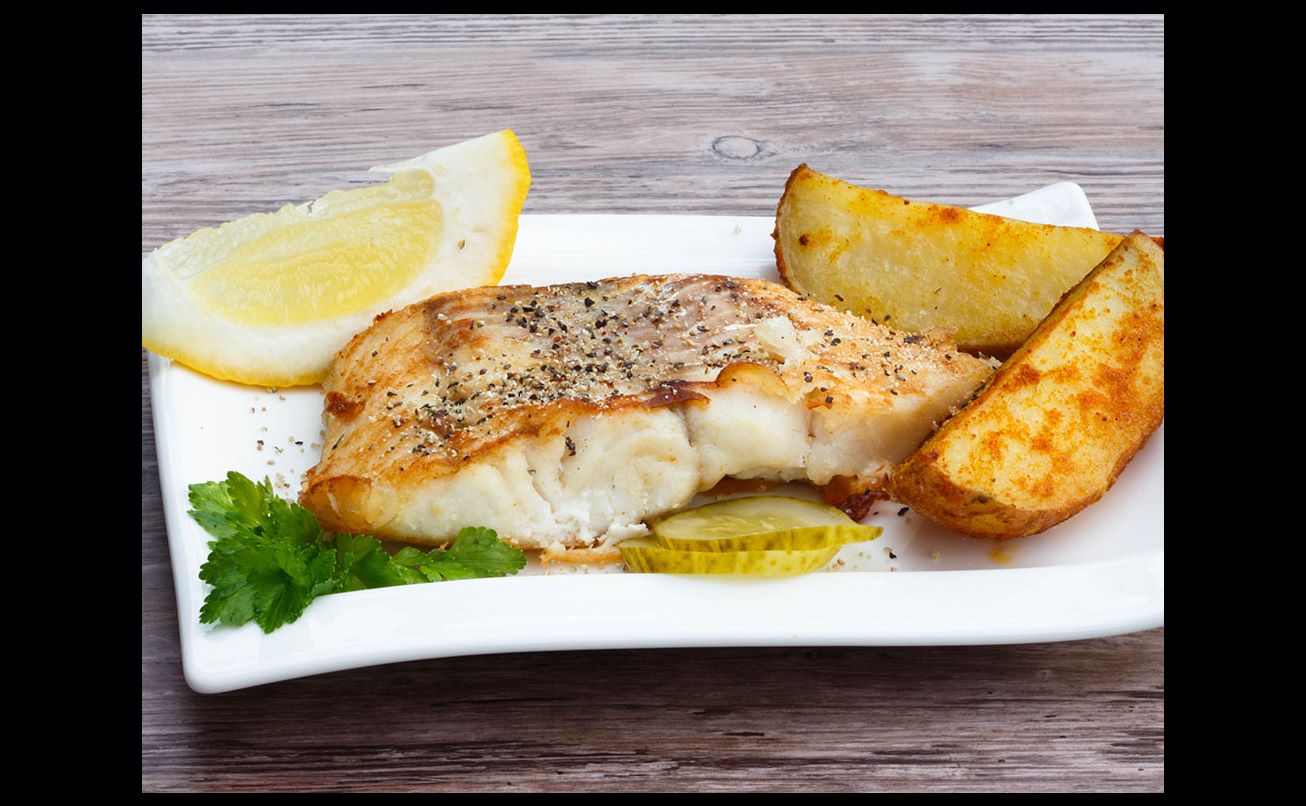
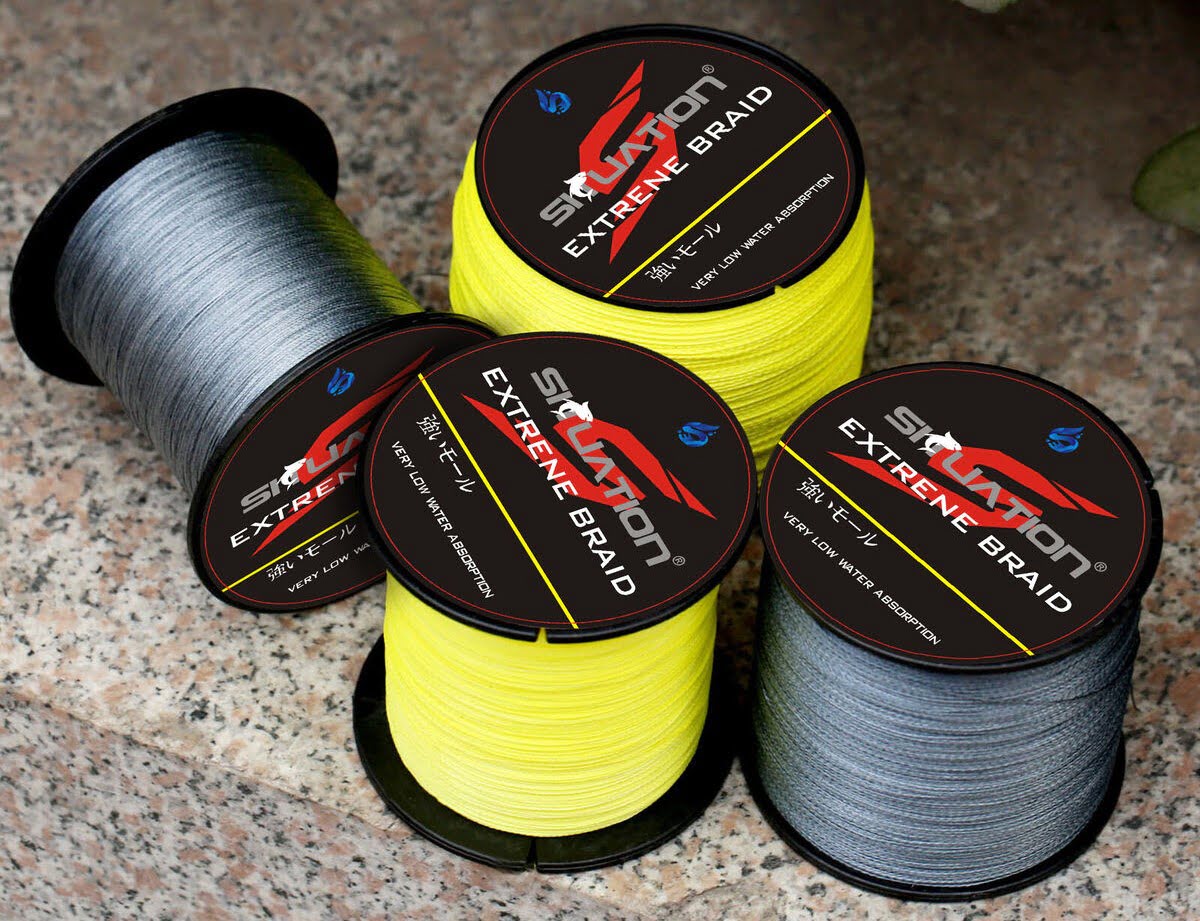
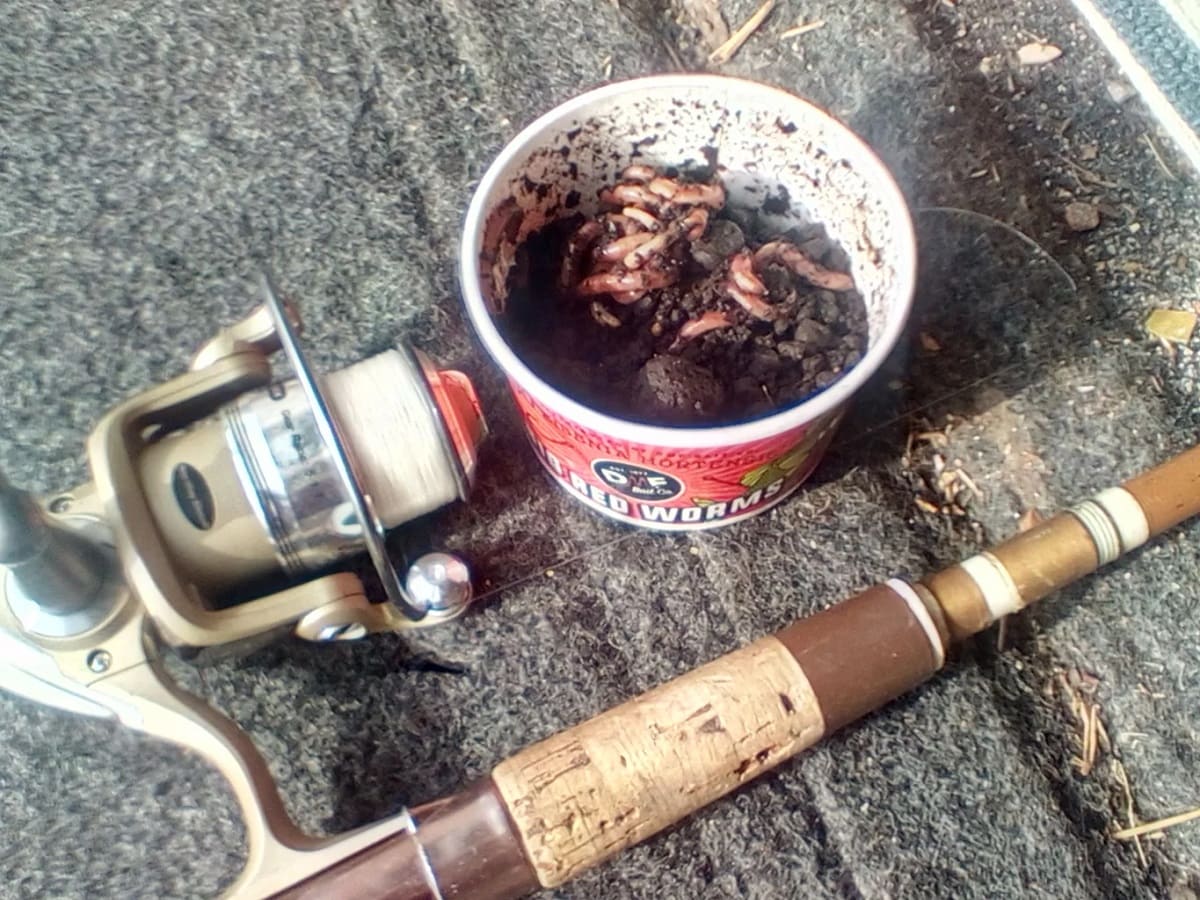
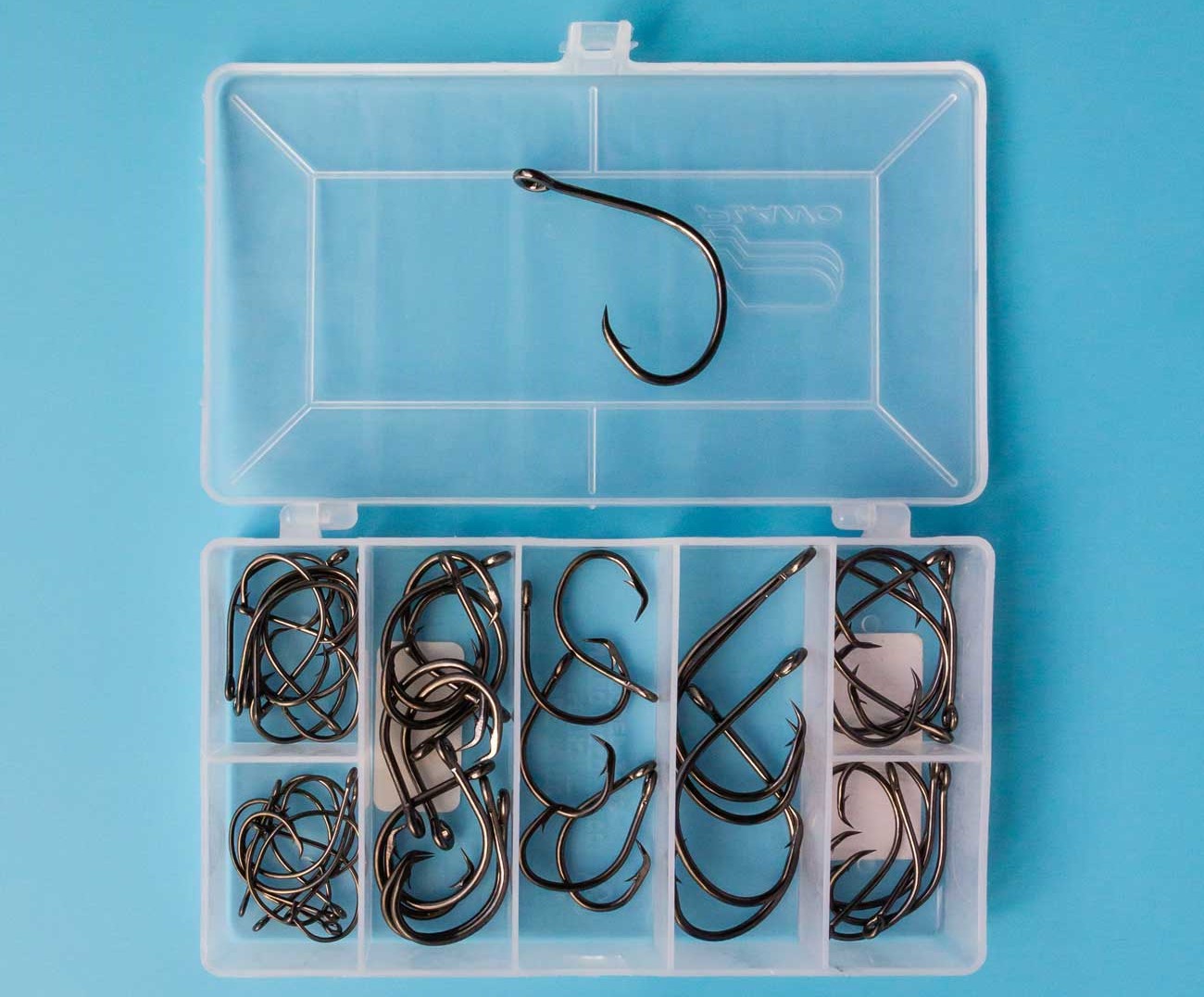
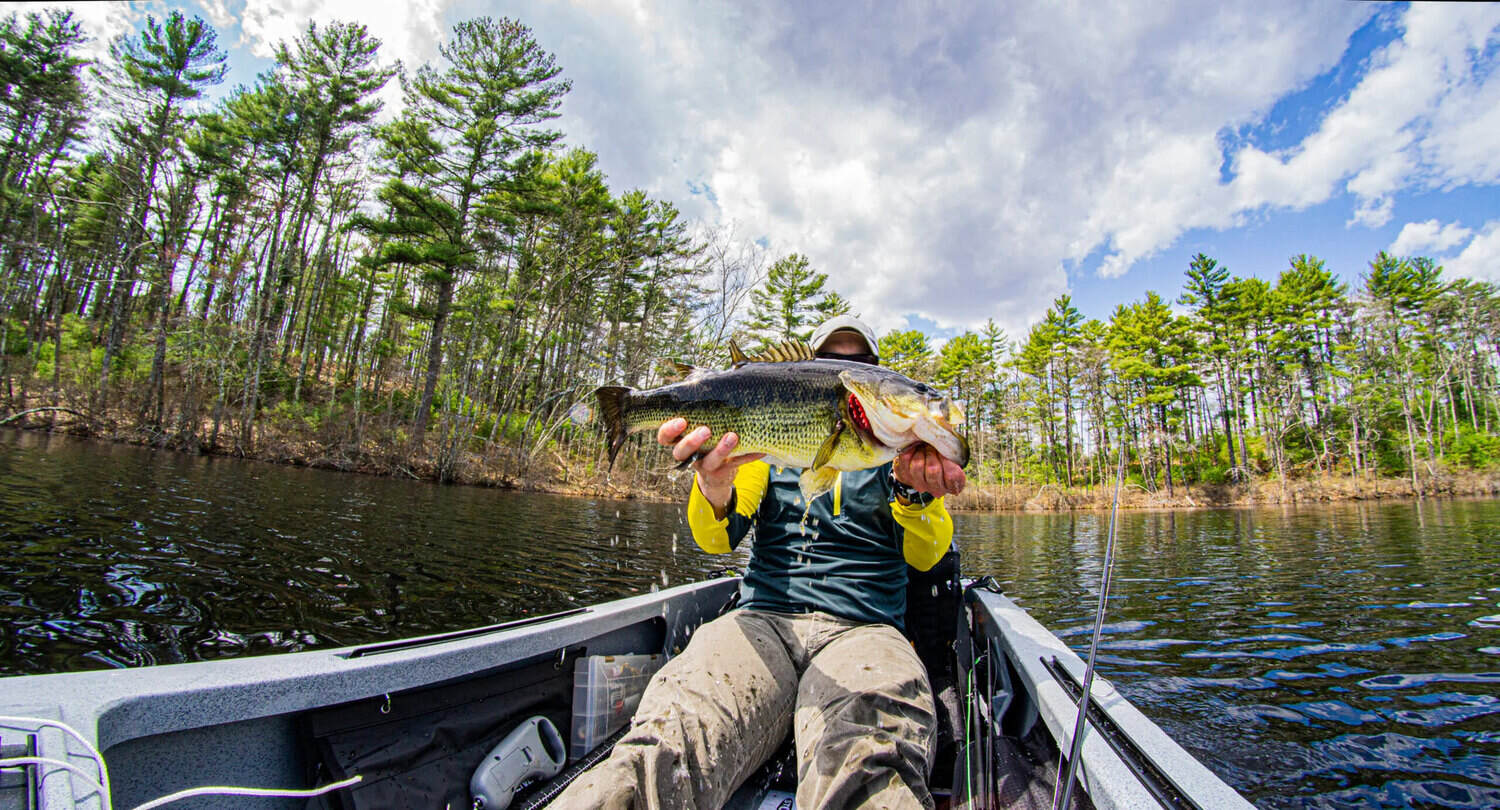
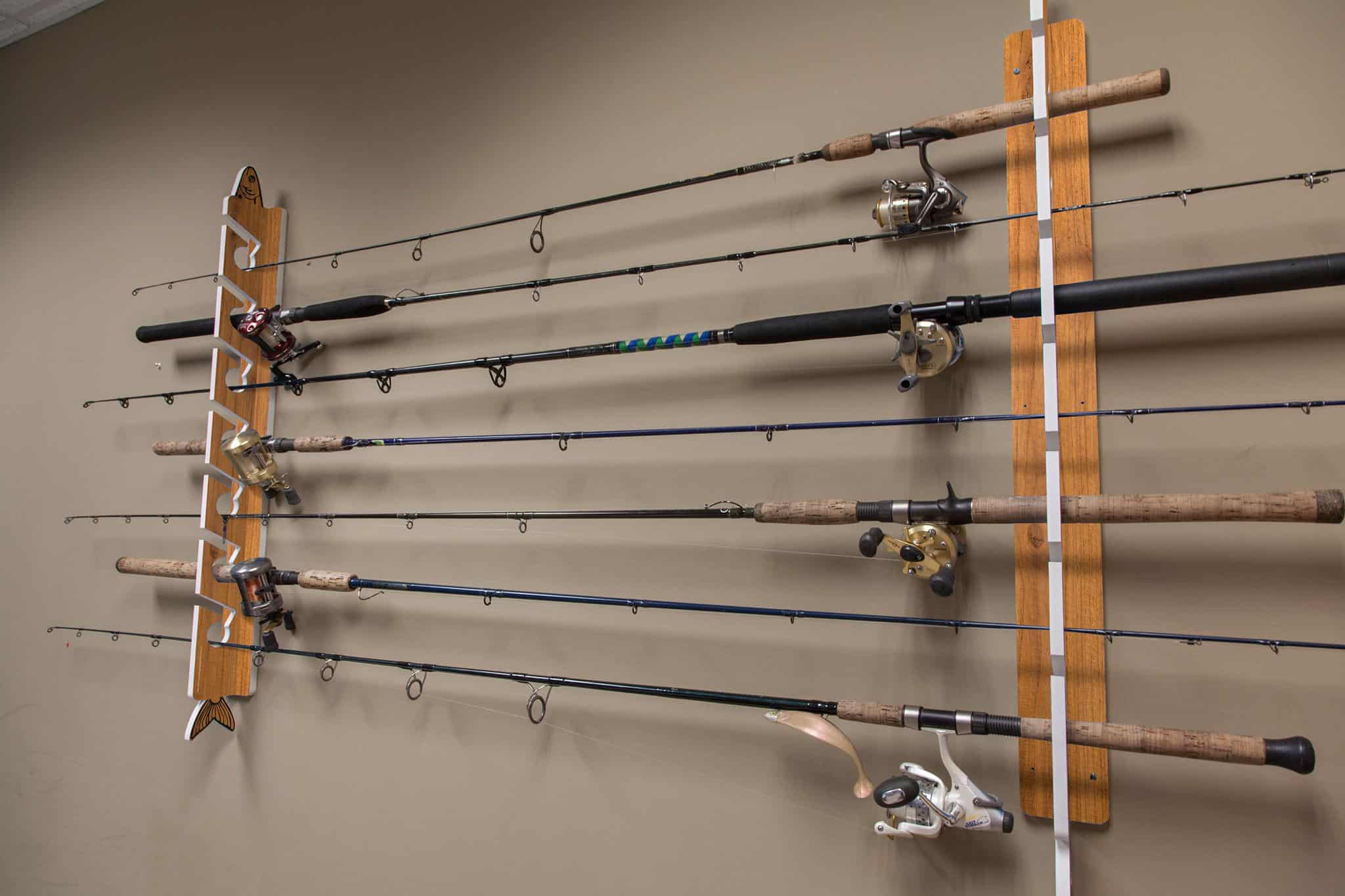

0 thoughts on “How To Store Fish While Fishing”